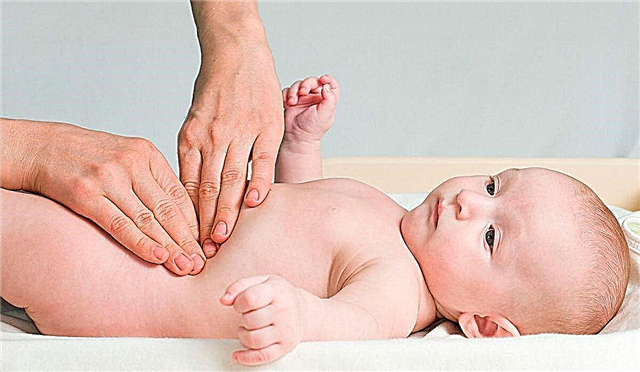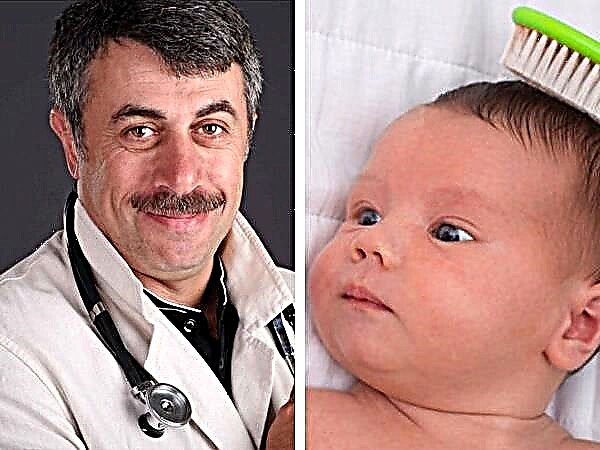
In case of problems with digestion and suspicion of diseases of the digestive tract, an infant may be prescribed a fecal examination. Then the parents are faced with the task of correctly collecting material for research. Let's take a look at all the nuances of collecting from children.
Collection methods
Collecting feces from children over a year old is quite simple, and when collecting material for analysis, infants have their own characteristics.
In babies
Very young children are not yet put on the potty, and it is not very convenient to collect feces from a diaper. It is difficult to guess at what moment the baby will poop, therefore all hygienic manipulations should be performed in the usual mode for the child. It is best to put on a diaper on the baby that does not have a gel filler or to swaddle the baby. You can also put the baby on a diaper or oilcloth and, after waiting for a bowel movement, immediately collect feces from its surface.

In older children
If the child is already going to the potty, the feces can be collected from the potty, but it is important to wash the pot thoroughly. Use baby soap to clean the pot, and then rinse the accessory well for reliable analysis.
What containers are suitable?
The best and most suitable container option is a sterile plastic jar, which is sold in a pharmacy specifically for this purpose. She has a spoon with which you can easily take stool from a diaper or diaper. If you collect the material in another container, you run the risk of getting unreliable results.

How much and where can you store?
It is best to take the stool for examination on the same day it is collected. This is especially important for tests for dysbiosis. It is recommended to store it at room temperature for no longer than 3-4 hours. If defecation occurs after lunch, the feces can be stored in a sterile container in a refrigerator until the next morning. You cannot freeze the container.
If a child is assigned a study to identify lamblia, the still warm stool should be taken for analysis immediately after a bowel movement.

Collection tips
- A teaspoon of material is sufficient for most fecal studies.
- It is not recommended to collect after an enema or the use of suppositories. Also, some of the medications the child takes may affect the test results.
- If the consistency of the stool is very liquid, it should be poured into the test container as quickly as possible before it is absorbed into the diaper. You can also use a urine collector to collect liquid feces, but this option is suitable only for the smallest children who move little.
- To stimulate bowel movements in an infant, you can put the baby on the tummy or massage the baby's belly clockwise.
- If the child does not poop on his own (suffers from constipation), feces for analysis can be collected after stimulation of the anal opening with a gas tube.
- In the summertime, it is worth transporting material to the laboratory in the cold, for example, using a cold pack.



